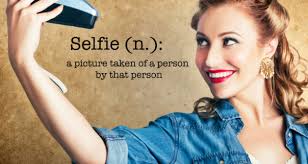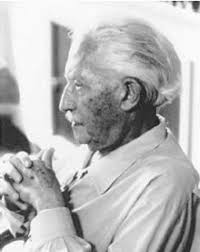
The Psychology of selfies
Instructions for Paper VI: Study Two Methods, Results, Discussion (Worth 30 Points)
Ryan J. Winter
Florida International University
Purpose of Paper IV: Study Two Methods, Results, and Discussion
1). Psychological Purpose
The psychological purpose behind Paper IV is to make sure you can summarize what you did in your second study, how you did it, and what you found. This is similar to Paper II, but you will include information related to your second independent variable in Paper IV.
For the results section in Paper IV, you will provide information about your participants, materials, and procedure. Your participant section goes first, and it includes descriptive statistics about your sample (means and standard deviations for age and percentages of gender and race/ethnicity). This is a new sample of participants, so you cannot use Paper II for this information. Make it NEW!
Your materials and procedure sections include information about what you did and how you did it. You should once again write this section for an audience who is unfamiliar with your newer study two variables, but you can actually summarize or refer back to study one variables if and when they carry over from study one to study two.
In the end, just remember that you must educate your reader about your materials and procedure, giving enough detail so they could replicate study two on their own. Your Paper IV Methods section will thus look a lot like your Paper II, but in Paper IV you will describe BOTH independent variables as well as important dependent variables (especially any new ones you added).
I suggest reviewing your Paper II feedback to see if you need more clarity in your methods descriptions, but make sure that your reader is clear about the mechanics of your new 2 X 2 factorial design.
You will also write a new Results section.
Since you now have two independent variables and potentially new dependent variables, you will not be able to reuse ANY content from Paper II. Rather, you will write a more complicated results section focusing on a 2 X 2 factorial design here.
Your Discussion section for Paper IV will be a short summary of what you found in that study. Similar to Paper II, you can make some educated guesses about what you found and why you found it, but keep the focus on study two only (in Paper V due at the end of the semester, you will include a more advanced discussion section that looks at both study one and study two, so keep the Paper IV discussion focused only on study two).
2). APA Formatting Purpose
The second purpose of Paper IV is to again teach you proper American Psychological Association (APA) formatting for methods and results. In the instructions below, I tell you how to format your paper using APA style, but this time with a focus on your 2 X 2 factorial ANOVAs. Once again, there are a lot of specific requirements in APA papers (as specific as what to italicize), so pay attention to the instructions below as well as Chapter 14 in your textbook!
3). Writing Purpose
Paper IV is intended to help you figure out how to update a Methods, Results and Discussion section using a 2 X 2 factorial design. This is more complicated than the One Way ANOVA you used in Paper II, but you should still be able to clearly and succinctly tell you readers what you did, how you did it, and what you found. Similar to Paper III, we will give you feedback and help in this paper. You will then be able to revise it for your final paper in the course (Paper V).
Thus doing a good job on Paper IV will mean fewer revisions for the final paper.
Note: The plagiarism limit is higher in this paper (up to 65%) since your classmates are doing the same study two design and will have similar results. Don’t go higher than that, though! 65% is the maximum allowed!
• Finally, go look at the supporting documents for this paper. There is a checklist, a grade rubric, and an example paper. All will give you more information about what we are specifically looking for as well as a visual example of how to put it all together. Good luck!
We can write this or a similar paper for you! Simply fill the order form!












